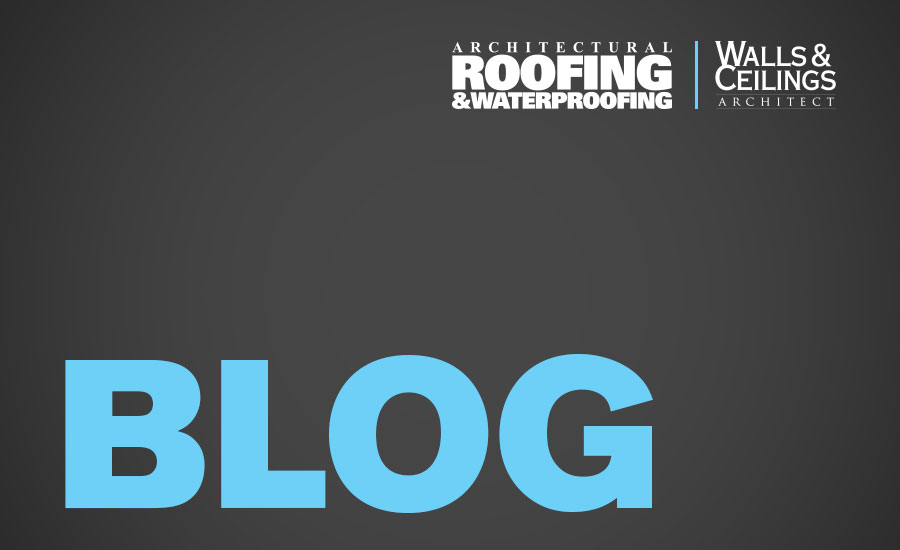Ever see a ref in a football game throw a flag, then consult with the other refs and wave off the penalty? It’s commonly referred to as “picking up the flag.”
Ever see a ref in a football game throw a flag, then consult with the other refs and wave off the penalty? It’s commonly referred to as “picking up the flag.” I thought of that metaphor the other day while reading about environmentally friendly products and the so-called “green penalty.”
The green penalty is shorthand for the concept that environmentally friendly products and systems have some sort of shortcoming when compared to their counterparts, such as a higher cost or diminished performance. That might have been true in the past - and it might still be true in some cases - but more and more green products are touting best-in-class performance as well as being the best option when it comes to lessening impact on the environment.
That’s a key trend. Environmental protection is an important factor in purchase decisions, including construction projects. But in a tough economy, it’s easy for some businesses to set those concerns aside. When building owners are squeezing every penny out of their budgets, there can’t be such a thing as a green penalty. Truly sustainable systems have to offer superior performance and the lowest life-cycle costs. That doesn’t necessarily mean a given system has to be the cheapest out of the gate, but it better be the most cost-effective over the life of the system - and you better be able to make that case.
A less-expensive option will end up costing more in the long run if it soon needs to be replaced. And that replacement opens up a whole new set of environmental issues along with a new price tag.
Content Is King: Picking Up the Flag on the Green Penalty
By Chris King

September 14, 2011
Chris King is editor
of Roofing Contractor and Architectural
Roofing & Waterproofing magazines.
He can be reached at 248-244-6497 or kingc@bnpmedia.com.